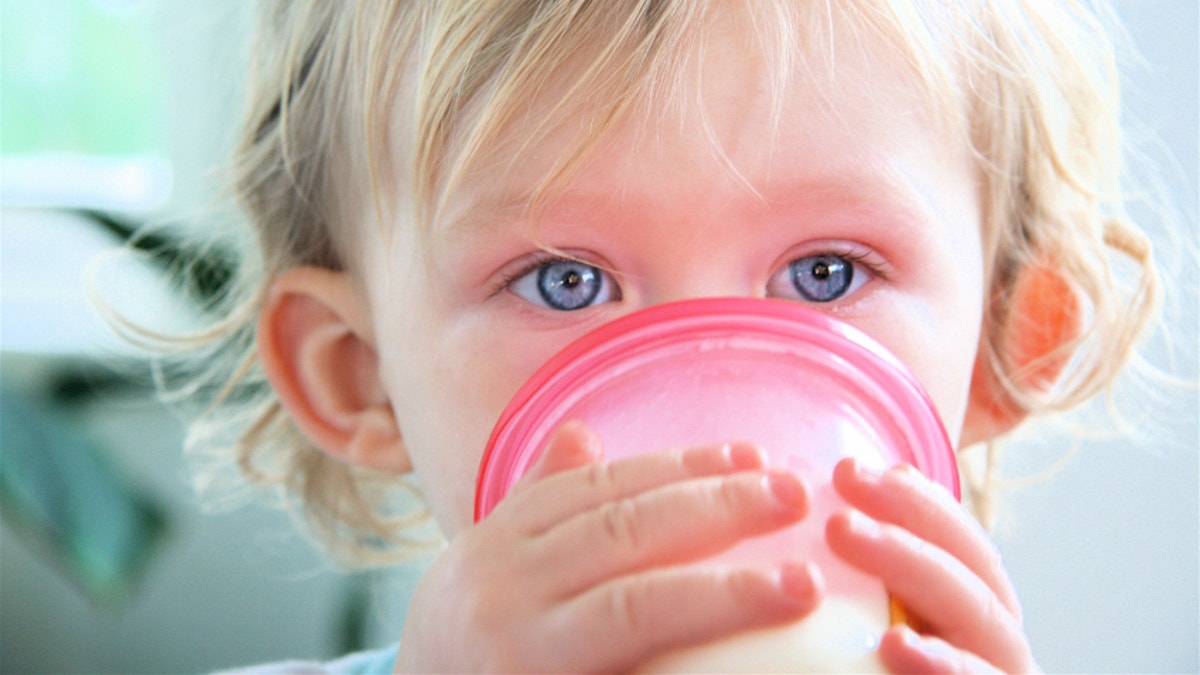
They are common items found in a household with a newborn child – baby bottles, pacifiers and sippy cups. Most small children interact with these products every day, but at what risk to their health?
Researchers out of the center for Biobehavioral Health and the Center for Injury Research and Policy at Nationwide Children’s Hospital analyzed the number of child injuries related to these kinds of children’s products. After examining data collected from a network of over 100 hospitals, they found that between 1991 and 2010, over 45,398 children under the age of three were sent to the emergency room with an injury related to one of these products.
In other words, that’s one child every four hours.
“My co-authors and I realized that there really hadn’t been any research on injuries related to these products even though the majority of kids in the country use them on a daily basis,” Dr. Sarah Keim, the study’s co-author and principal investigator in the Center for Biobehavioral Health at Nationwide Children’s Hospital, told FoxNews.com. “We wanted to fill that gap in scientific knowledge, because there have been reports in the literature of severe cases of children being burned by overheated bottles and choking on pacifier parts.”
According to Keim and her team, 71 percent of the injuries were to the mouth and about 20 percent were around the head, face or neck. The biggest culprit was found to be baby bottles, accounting for two-thirds of the injuries reported. Pacifiers were next, accounting for 20 percent and then sippy cups at 14 percent.
Since these statistics are only related to emergency room visits, Keim said it’s likely there are even more injuries that parents are treating themselves and not reporting.
“We think these injuries are likely occurring because children are walking or running with these products in their mouth,” said Keim. “Two-thirds of injuries were to children who were 1-year-old. That’s really the age when kids are starting to become mobile, so they’re pretty unsteady on their feet. This may explain why about 86 percent of the injuries were falls.”
The American Academy of Pediatrics (AAP) and the American Academy of Pediatric Dentistry (AAPD) already have existing recommendations for the use of these items, which the researchers believe parents should follow more closely.
“Children use a pacifier up to 6 months of age to reduce sudden infant death syndrome, but there’s a little bit of research that some children may get more ear infections when using a pacifier,” said Keim. “So parents may want to help children give up a pacifier after 6 months and when they start walking.”
Also, in an attempt to avoid mouth or dental injuries, Keim said parents should follow the AAPD guidelines, which suggest children should transition to adult, lidless cups when they are a year old She also noted it’s important that parents encourage their children to sit down when using these items to avoid falling and hurting themselves.
Keim and her team hope that their findings will help spread awareness and educate parents about the AAP and AAPD guidelines and hopefully prevent more kids from going to the hospital.
“I’m sure there are committees about recommendations for these products,” Keim said. “It’s too early to know whether it warrants a revision of these recommendations for any reason. The existing recommendations do pretty well already and may help prevent injury in the future.”
